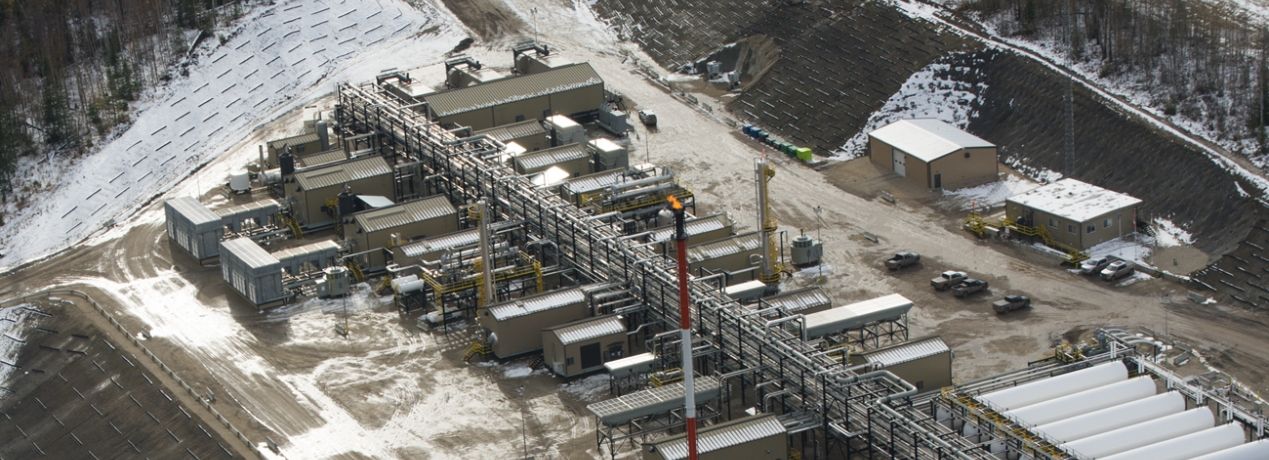Energy companies in Alberta must manage all waste at their oil and gas facilities, including waste gases. Flaring and venting are two ways in which companies can dispose of their waste gases. These activities must be carried out responsibly; our regulations ensure that companies protect the public and the environment, and conserve resources.
What are flaring and venting?
Flaring is controlled burning that takes place during production and processing. Fuel or waste gas is ignited at the end of a flare stack – a long metal tube up which the gas is sent. This causes the characteristic flame associated with flaring.
Venting is a controlled release of gases into the atmosphere during production. Gases might be natural gas or other hydrocarbon vapours, water vapour, and other gases, such as carbon dioxide, separated in the processing of oil or natural gas.
When Companies Use Flaring and Venting
Flaring and venting are used in a number of activities and operations, including
- oil, bitumen, and gas well drilling;
- oil, bitumen, and gas well completion or well servicing (well “cleanup”);
- gas well testing to estimate reserves and determine productivity;
- routine oil or bitumen production (solution gas);
- planned nonroutine depressuring of processing equipment and gas pipelines for maintenance;
- unplanned nonroutine depressuring of process equipment and gas pipelines due to process upsets or emergencies; and
- oilfield waste management facilities.
What We Expect
Our requirements for flaring and venting have two purposes: they protect the environment and the public, and they conserve resources.
Before undertaking any activity related to flaring and venting, we expect companies to consider important questions:
- Are there residents in the area?
- Are there local residents directly affected with environmental or health concerns?
- Are there economic alternatives to burning the gas?
- Are the environmental impacts of eliminating or reducing flaring greater than the environmental benefits?
Companies must also
- notify us and the public before planning any flaring or venting operations,
- manage waste gases and regularly report how much is being flared and vented,
- respond to questions or concerns raised by the public regarding their flaring or venting, and
- provide a detailed breakdown of the costs associated with their flaring and venting.
Read our EnerFAQs Flaring and Incineration for more information about flaring, venting, and what we expect from companies.
Our Detailed Requirements
Our requirements for flaring and venting are governed by the Environmental Protection and Enhancement Act, specifically, the Release Reporting Regulation and Substance Release Regulation, and are included in the following directives:
- Directive 039: Revised Program to Reduce Benzene Emissions from Glycol Dehydrators
- Directive 060: Upstream Petroleum Industry Flaring, Incinerating, and Venting
Compliance and Enforcement
We conduct regular inspections and audits to make sure companies are following our requirements. If we find a company isn’t complying, we’ll take the appropriate compliance and enforcement actions and share our findings on the Compliance Dashboard.
Statistical Reports
We regularly publish statistical reports on flaring and venting in Alberta:


